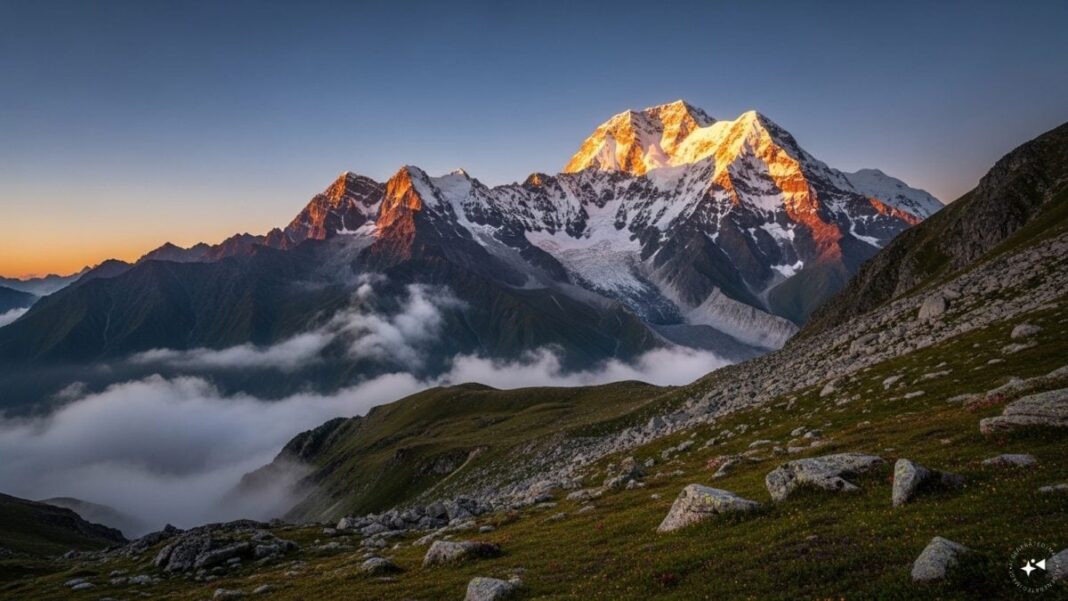Last Updated:
The Indian Mountaineering Foundation, with Uttarakhand’s Tourism and Forest Departments, is leading the plan, but it’s still pending official approval from the state.
The Nanda Devi was closed in 1983.
Nanda Devi, India’s second-highest peak after Mount Kanchenjunga, is finally reopening its routes to climbers. After being off-limits for over four decades, this majestic peak is being reopened under a new tourism initiative by the Uttarakhand government.
Why Was The Nanda Devi Closed?
Nanda Devi was closed to climbers in 1983 due to environmental concerns and the aftermath of a Cold War-era nuclear surveillance operation that had gone awry. Since then, the peak has remained inaccessible, wrapped in mystery and reverence. Now, with renewed interest in mountaineering and growing enthusiasm among trekkers, the government is working toward making it climbable once more.
Tourism-Driven Revival
This initiative is being spearheaded by the Indian Mountaineering Foundation (IMF) in collaboration with the Uttarakhand Tourism and Forest Departments. As part of this joint initiative, the IMF proposed reopening Nanda Devi for controlled expeditions. Though the state’s tourism department has yet to officially greenlight the plan, the proposal signals a strong intent to boost eco-tourism in the region.
In addition to Nanda Devi, other peaks – including Baljuri, Laspadhura, and Bhanolti in Bageshwar district, as well as Rudragaira in Uttarkashi – are also being considered for reopening.
Nanda Devi’s Sacred Significance
In India, the spiritual dimension of travel holds deep meaning, and the Nanda Devi region is no exception. For locals and pilgrims, this is not just another peak – it’s sacred terrain.
Indulge Express quoted one spokesperson who said, “The Nanda Raj Jat yatra, held every 12 years, draws pilgrims nationwide to the Himalayas. It’s a profound spiritual journey, underscoring Nanda Devi’s immense religious significance for millions.”
He went on to say, “The yatra is more than a trek; it’s a sacred experience that showcases the region’s rich cultural heritage.”
The reopening of Nanda Devi has sparked excitement across the mountaineering community, but it also raises a crucial question: can tourism be balanced with conservation? Preserving the fragile Himalayan ecosystem while allowing access to climbers will be a test of thoughtful planning and environmental responsibility.
view comments
- Location :
Delhi, India, India
- First Published:


